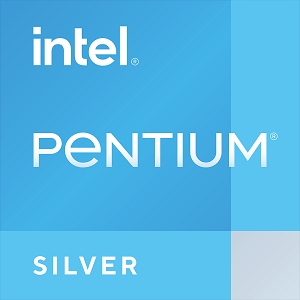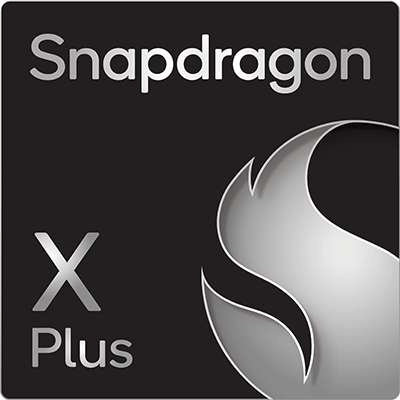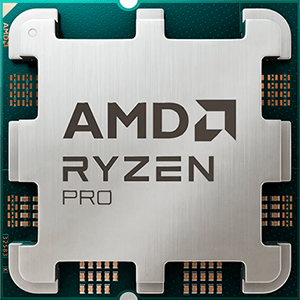Intel Core 7 160UL vs Intel Core i3 1220P
We compared two laptop CPUs: Intel Core 7 160UL with 10 cores 1.8GHz and Intel Core i3 1220P with 10 cores 1.5GHz . You will find out which processor performs better in benchmark tests, key specifications, power consumption and more.
Main Differences
Intel Core 7 160UL 's Advantages
Released 2 years and 2 months late
Larger memory bandwidth (83.2GB/s vs 76.8GB/s)
Higher base frequency (1.8GHz vs 1.5GHz)
Lower TDP (15W vs 28W)
Intel Core i3 1220P 's Advantages
Integrated graphics card
Higher specification of memory (5200 vs 5200)
Newer PCIe version (4.0 vs 4)
Score
Benchmark
Geekbench 6 Single Core
Intel Core 7 160UL
+28%
2693
Intel Core i3 1220P
2102
Geekbench 6 Multi Core
Intel Core 7 160UL
+27%
9284
Intel Core i3 1220P
7295
General Parameters
Apr 2024
Release Date
Feb 2022
Intel
Manufacturer
Intel
Laptop
Type
Laptop
-
Instruction Set
x86-64
Raptor Lake-PS
Core Architecture
Alder Lake-P
-
Processor Number
i3-1220P
Intel Socket 1700
Socket
BGA-1744
Iris Xe Graphics 96EU
Integrated Graphics
UHD Graphics (64EU)
Core 7 (Raptor Lake-PS)
Generation
-
Package
10 nm
Manufacturing Process
10 nm
15 W
Power Consumption
20-28 W
-
Peak Operating Temperature
100 °C
Intel
Foundry
-
CPU Performance
2
Performance Cores
2
4
Performance Core Threads
-
1.8 GHz
Performance Core Base Frequency
1.5 GHz
5.2 GHz
Performance Core Turbo Frequency
4.4 GHz
8
Efficiency Cores
8
8
Efficiency Core Threads
-
1300 MHz
Efficiency Core Base Frequency
-
3.9 GHz
Efficiency Core Turbo Frequency
-
10
Total Core Count
10
12
Total Thread Count
12
100 MHz
Bus Frequency
100 MHz
18.0
Multiplier
15x
80 KB per core
L1 Cache
80 K per core
1.25 MB per core
L2 Cache
1280 K per core
12 MB shared
L3 Cache
12 MB shared
No
Unlocked Multiplier
No
1
SMP
-
Memory Parameters
DDR4-3200, DDR5-5200
Memory Types
DDR5-4800, DDR4-3200, LPDDR5-5200, LPDDR4x-4267
-
Max Memory Size
64 GB
2
Max Memory Channels
2
83.2 GB/s
Max Memory Bandwidth
76.8 GB/s
No
ECC Memory Support
No
Graphics Card Parameters
-
Integrated Graphics
true
-
GPU Base Frequency
300 MHz
-
GPU Max Dynamic Frequency
1100 MHz
-
Shader Units
512
-
Texture Units
32
-
Raster Operation Units
16
-
Execution Units
64
-
Power Consumption
45 W
-
Graphics Performance
1.43 TFLOPS








